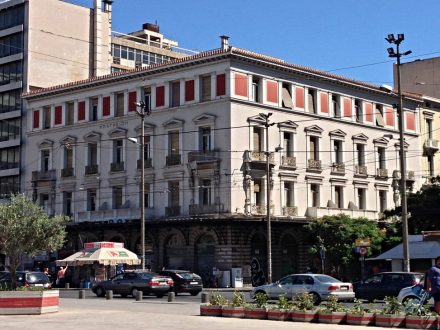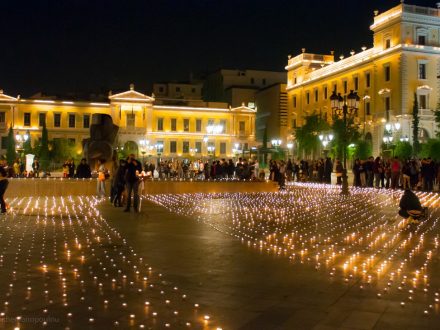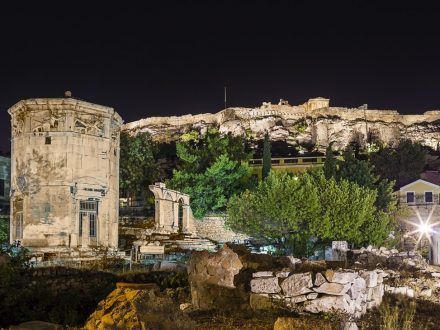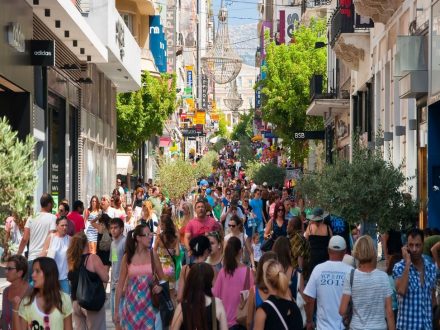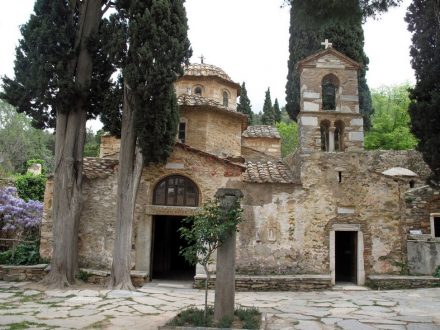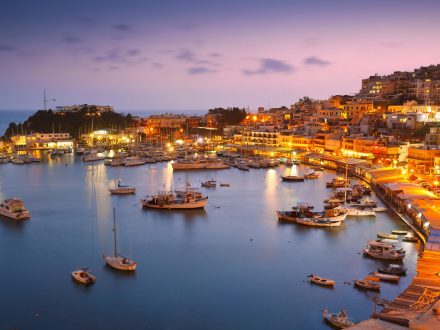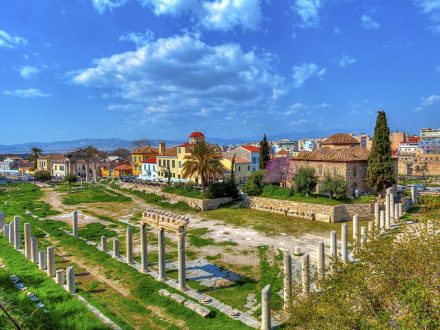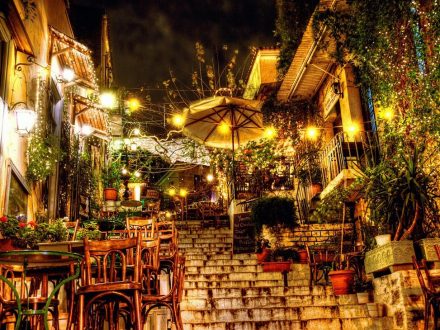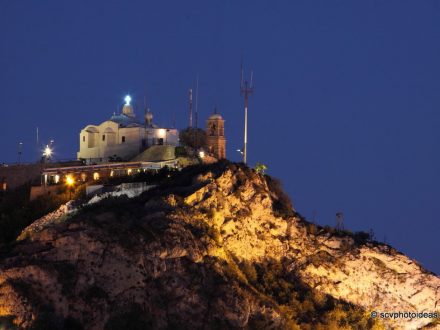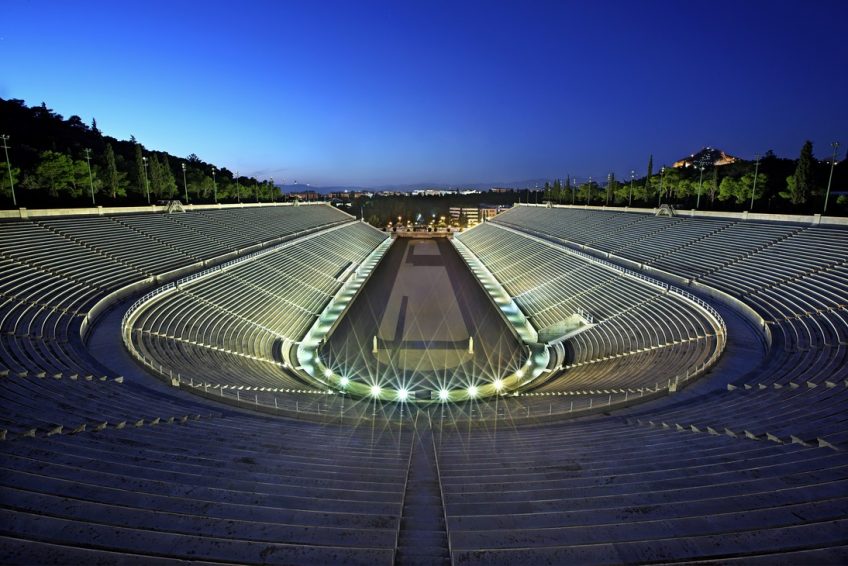
The Panathenaic Stadium, also known as the Kallimármaro, is a multi-purpose stadium used for several events and athletics in Athens. The Stadium hosted the first modern Olympic Games in 1896. Reconstructed from the remains of an ancient Greek stadium, the Panathenaic is the only stadium in the world built entirely of marble and is one of the oldest in the world.
In ancient times, the stadium on this site was used to host the athletic portion of the Panathenaic Games, in honor of the Goddess Athena. During classical times, it had wooden seating. In 329 BC it was rebuilt in marble by the archon Lycurgus and in 140 AD was enlarged and renovated by Herodes Atticus, giving a seated capacity of 50,000.
The remnants of the ancient structure were excavated and refurbished, with funds provided by Evangelos Zappas, for the revival of the Olympic Games. Zappas sponsored the Olympic Games that were held there in 1870 and 1875. In 1895 the stadium was refurbished a second time for the 1896 Olympics, with completion funding provided by the Greek benefactor George Averoff, whose marble statue now stands at the entrance, based on designs by the architects Anastasios Metaxas and Ernst Ziller.
In 1906 the Panathenaic Stadium hosted another one major international athletic event the 1906 Intercalated Games.
On April 4, 1968, the 1967–68 FIBA European Cup Winner’s Cup final was hosted in the stadium where AEK Athens defeated Slavia Prague in front of around 80,000 seated spectators inside the arena and another 40,000 standing spectators. It is believed that since that game the Panathenaic Stadium holds the world record attendance for any basketball game to date.
In the 2004 Olympic Games, the Panathenaic Stadium hosted the archery competition and the finish of the Marathon.
The stadium was built long before dimensions for athletics venues were standardized, and its track and layout follow the ancient hairpin-like model.
It could once seat about 80,000 spectators on fifty rows of marble steps and currently holds 45,000 spectators.
Archery matches in the stadium during the 2004 Olympics.
The stadium is located in the central Athens district of Pangrati, to the east of the National Gardens and the Zappeion Exhibition Hall, to the west of the Pangrati residential district and between the twin pine-covered hills of Ardettos and Agra. Up to the 1950s, the Ilissos River (now covered by, and flowing underneath, Vasileos Konstantinou Avenue) ran in front of the stadium’s entrance, and the spring of Kallirrhoe, the sanctuary of Pankrates (a local hero) and the Cynosarges public gymnasium were nearby.
In more recent years, the stadium has been often used to honour the homecoming of victorious Greek athletes, most notably the Greek national football team after its victory at the 2004 European Football Championship as well as winners and medallists in the recent Olympic Games.
The stadium also hosted the opening ceremony of the World Athletics Championships in 1997 on a concept by composer Vangelis Papathanasiou and along with the performance of soprano Montserrat Caballé.
The Panathenaic Stadium is the venue where the Olympic flame handover ceremony takes place before every Olympic Games.
The Panathenaic Stadium commemorative coin, minted in 2003 to commemorate the 2004 Olympics. In the obverse of the coin, the stadium is depicted. It is shown on the obverse of all Olympic medals awarded in the 2004 Olympics, and it was also used for the following Summer Olympics in Beijing in 2008 and London in 2012.

















